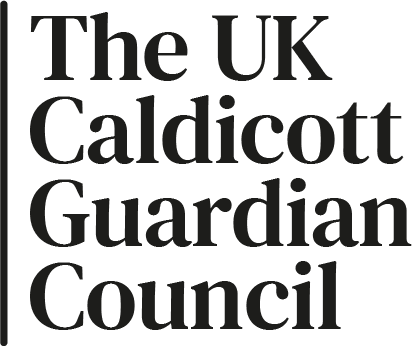Sharing information with the police to help trace missing persons
Enabling police to access a person’s health and social care information quickly and efficiently can be crucial when trying to trace a missing person. Police often need access to appropriate patient information to support the risk assessment process and help them locate a missing person. In many cases, those they are trying to find are vulnerable, ‘at risk’ individuals.
Missing persons investigations will always have a safeguarding or public protection element, as ‘being missing’ is an indicator that something is wrong in a person’s life. ‘Going missing’ is often a consequence of harm or an escape from harm, as well as being harmful in itself. Some harms may be short-lived, but others can extend over time, especially for those who are victims of crime and abuse and those who are living with mental health challenges. As such, time can be of the essence when requests are made, and organisations must act quickly.
The concept of sharing data in relation to missing persons’ cases is well established. However, when information requests are received, NHS organisations, GPs and other healthcare providers can struggle to navigate decisions about confidentiality, and when it is appropriate to make a person’s data available to the police (and—if they do share it—on what legal basis they are able to do so). Decisions aren’t always black and white, and organisations frequently seek an opinion from the UKCGC.
Guidance
To help all parties involved in these decisions, the UKCGC and the National Crime Agency’s UK Missing Persons Unit have published formal guidance.
The guidelines outline the good practice considerations that should be borne in mind when information is being sought from health and care for potential homicide investigations, proof of life enquiries and more general enquiries to trace missing persons. It makes clear the sort of information that the police should provide upfront, and also describes the legal bases that underpin and allow such information sharing – which some organisations can find it difficult to establish.
